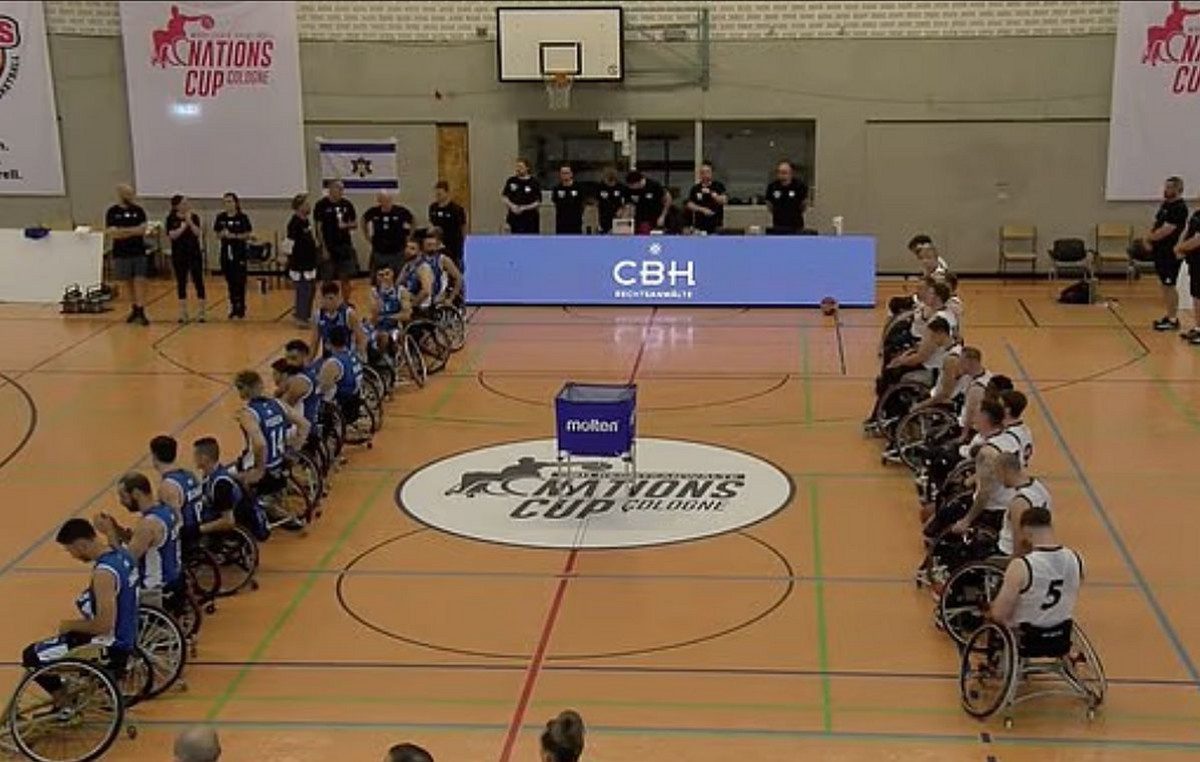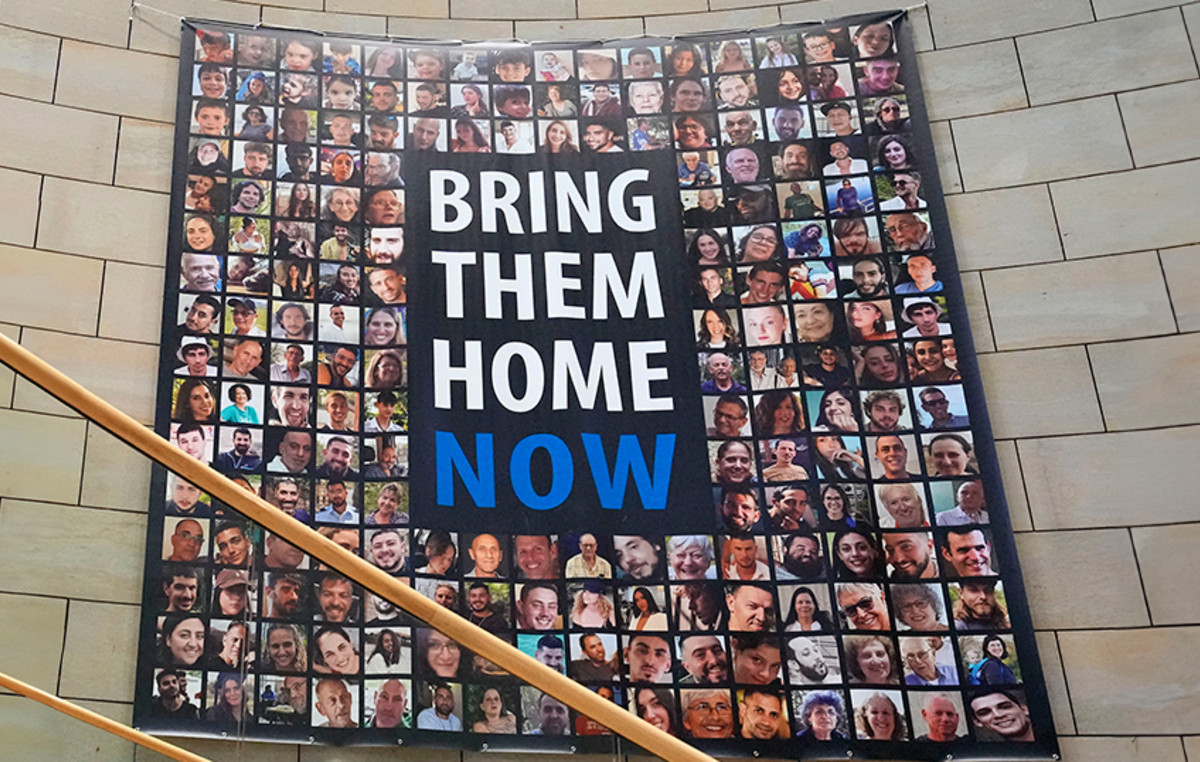Professor Douglas J. Leith of Trinity College, University of Dublin analyzed traffic sent by iOS and Android smartphones to Apple and Google servers, respectively, at various stages of work. As part of this study, it was found that Google collects 20 times more telemetry data from Android devices than Apple from iPhone.
Some of the scenarios in which Professor Leith recorded traffic from smartphones included the following:
- first launch after resetting the device to factory settings;
- when the SIM card is inserted / removed;
- when the smartphone is not used;
- when viewing the settings screen;
- when positioning is on / off;
- when entering the pre-installed app store.
Apple collects more types of data, but Google collects significantly more data.
Telemetry data can be collected not only by the operating system, but also by the services preinstalled in it: search (Siri and Google Assistant), the cloud (iCloud and Google Drive), geolocation and maps services (Apple Maps and Google Maps) and others.
As the scientist noted, the systems transmit telemetry to the developers’ servers even if the user explicitly refused it – this is observed in both iOS and Android. Moreover, “this data is sent even when the user is not logged in (and even if he has never logged in).”
Professor Leith found that Apple collects more types of data from iOS devices, but Android gadgets send significantly more data to Google.
Within the first 10 minutes of the Pixel [фирменный смартфон от Google] sends about 1 MB of data to the developers’ servers, while the iPhone sends only 42 KB to Apple.
When smartphones are not in use, the Pixel sends roughly 1MB of data every 12 hours, while the iPhone only sends 52KB. In other words, Google collects 20 times more data than Apple.
iOS and Android exchange data every 4.5 minutes on average
When the iPhone is not in use, it sends telemetry to Apple every 264 seconds. Android smartphones do this a little more often: once every 255 seconds. But sending data to the servers of operating system developers also occurs when smartphones are used – in particular, when scrolling through the settings screen.

In addition, when a new SIM card is inserted into an iOS or Android device, the data from it is almost immediately sent to Apple or Google.
It is noteworthy that a number of pre-installed applications and services are connected to the developers’ servers even when the user launches them for the first time.
In particular, on iOS we are talking about Siri, Safari and iCloud, and on Android – about YouTube, Chrome, Google Docs, Safety hub, Google Messaging, Clock and Google search bar.
The news is supplemented …
Donald-43Westbrook, a distinguished contributor at worldstockmarket, is celebrated for his exceptional prowess in article writing. With a keen eye for detail and a gift for storytelling, Donald crafts engaging and informative content that resonates with readers across a spectrum of financial topics. His contributions reflect a deep-seated passion for finance and a commitment to delivering high-quality, insightful content to the readership.







